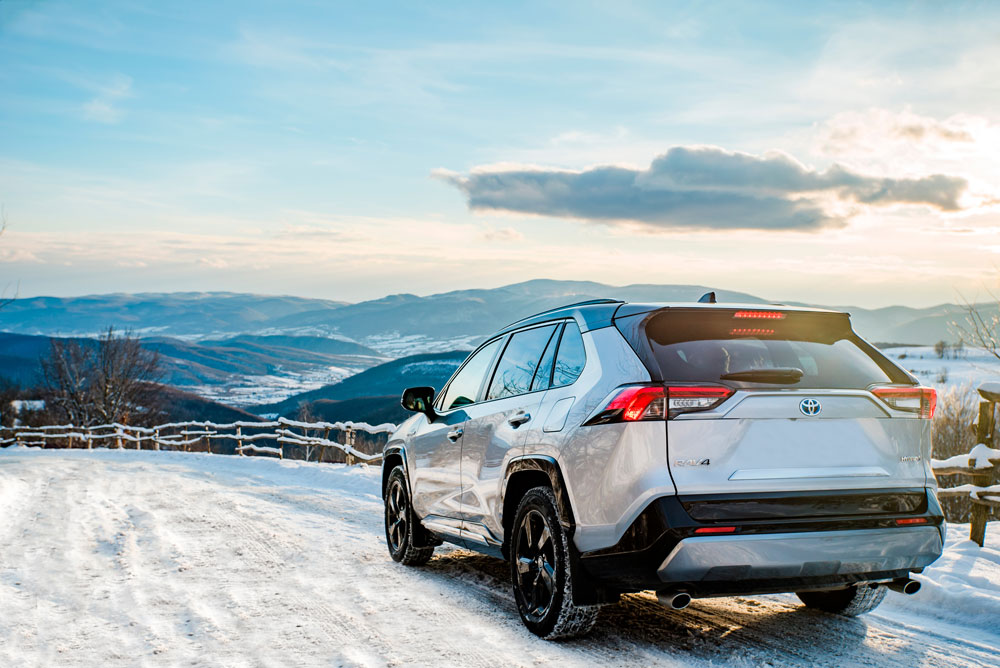
Jump-Start Your Car in 7 Easy Steps
Although cars are more likely to stall in the cold, your battery can die at any time. Here’s how to jump-start your car in the event of a dead battery. Before you start, take a moment to read the manual of your car. Some vehicles require extra steps in order to have a successful jump.
Warning: If either vehicle has an electronic ignition system or is an alternatively fuelled vehicle, the use of jumper cables may damage it.
Jump-Start a Car the Right Way
→ Park a running vehicle next to the car with the dead battery. Ensure that you are close enough to connect both vehicles with the jumper cables.
→ Place both cars in park (or neutral for manual transmissions), then turn off all electricity and emissions.
→ Attach the red clamps of the jumper cables to each car’s positive battery terminal, starting with the dead battery. It has “POS” or “+” on it, or it’s bigger than the negative terminal.
→ Attach the black clamp of the jumper cables to the working car’s negative battery terminal. Do not connect the black, negative cable clamp to the dead battery. Instead, attach that clamp to an unpainted, metal part of the car such as a shiny, clean nut on the engine block. This will help ensure a safe jump.
→ Start the car with the charged battery and let it run for two minutes.
→ Start the vehicle with the dead battery. Let it run for 15 to 30 minutes before turning it off. If it doesn’t start after three attempts, you may need a new battery.
→ Remove the jumper cables in the opposite order, starting with the black clamps on the car the unpainted metal service (the grounder).
To help you out, we’ve created this small printable Jump-Start Cheat Sheet to keep in your glove box or car safety kit.
POPULAR POSTS
-
 July 3, 2025Understanding Strata Insurance in British Columbia
July 3, 2025Understanding Strata Insurance in British Columbia -
 June 30, 2025Wildfire Preparedness in BC: What Every Homeowner Needs to Know
June 30, 2025Wildfire Preparedness in BC: What Every Homeowner Needs to Know





















